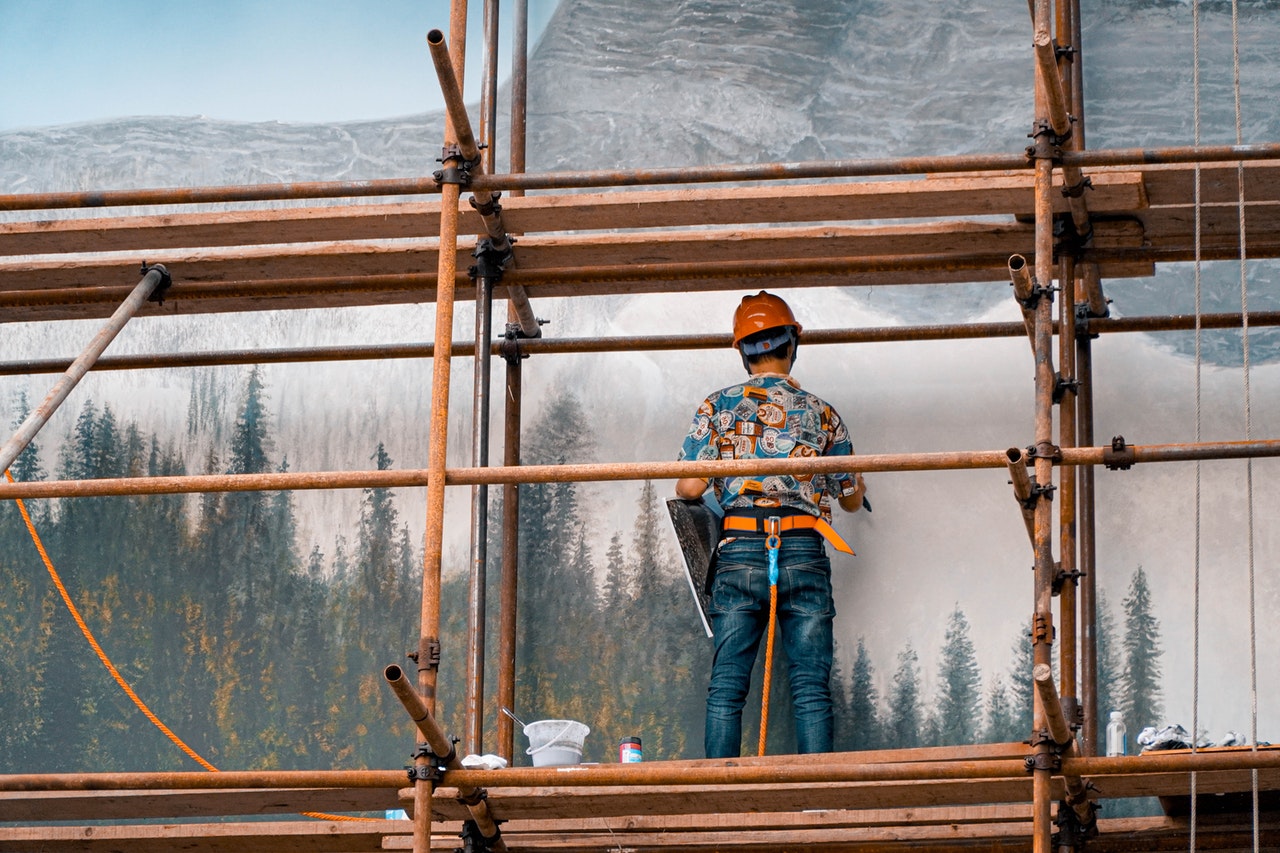
Formwork—Leading edge Explain dangers In the high-rise formwork industry, nearly 23 per cent of all lost-time injuries are caused by falls. Most of these injuries result in sprains and tears, fractures, and concussions. A leading edge is the unprotected side and edge of a floor, a roof, or formwork. It changes location as workers place […]

Flying forms—Working at heights hazards Explain dangers Flying forms can save time and, in some cases, are safer than using built-in-place methods. However, flying forms have some significant hazards that can lead to serious injury if proper precautions aren’t taken. One of the main hazards associated with flying forms is when working at heights. The […]

Scaffolds—Structural components Explain dangers If the structural components of a scaffold are damaged, defective, or installed incorrectly, it can lead to a tip-over or collapse. Identify controls Structural components of all frame scaffolds must be inspected regularly. Inspection should include frames, feet, connecting pins, braces, and guardrails. FRAMES • Uprights and cross-members should not be […]

Scaffolds—Planks and decks Explain dangers Many scaffold injuries involve problems with planks. If scaffold planks and decks fail, you could be seriously injured or killed from a fall. You could also be thrown off balance and injure yourself with your tools or equipment. If scaffold planks are uncleated or unsecured, they can easily slide off. […]

Stepladders Explain dangers A stepladder is one of the most familiar things on a jobsite. Still, workers get hurt using them. Falls are the biggest risk. Even though workers are not very high off the ground, some have died from falling a short distance and landing the wrong way. Even a sprain or strain could […]
